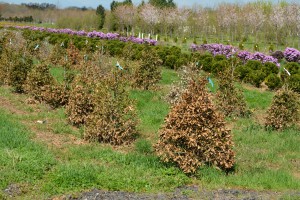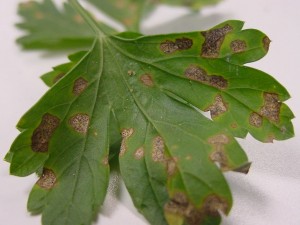Peach
Petal Fall Insect Complex: An OFM biofix was set for April 20 in southern counties. Treatments for the first flight will be due at 170-200 degree days after the first trap captures or “biofix.” According to the NEWA weather station in Upper Deerfield, we have had 49 degree days accumulate since 4/20. This timing usually coincides with late petal fall to shuck split, however we are a little late this year, since we have about 120 degree days to go until the first OFM treatment.
Since we are still waiting for the OFM timing, the initial petal fall spray will primarily target plum curculio, tarnished plant bug and other catfacing insects. Plum curculio is active, and will feed on blossoms and freshly set fruit. See last week’s newsletter and the Tree Fruit Production Guide for insecticide options. Given the current insect targets, Avaunt is one of the better materials for plum curculio (PC) at this time, and also covers Oriental fruit moth and tarnished plant bug. We are not concerned with BMSB at this time, so many of the other materials which are effective for BMSB can be saved for later in the season.
[Read more…]


